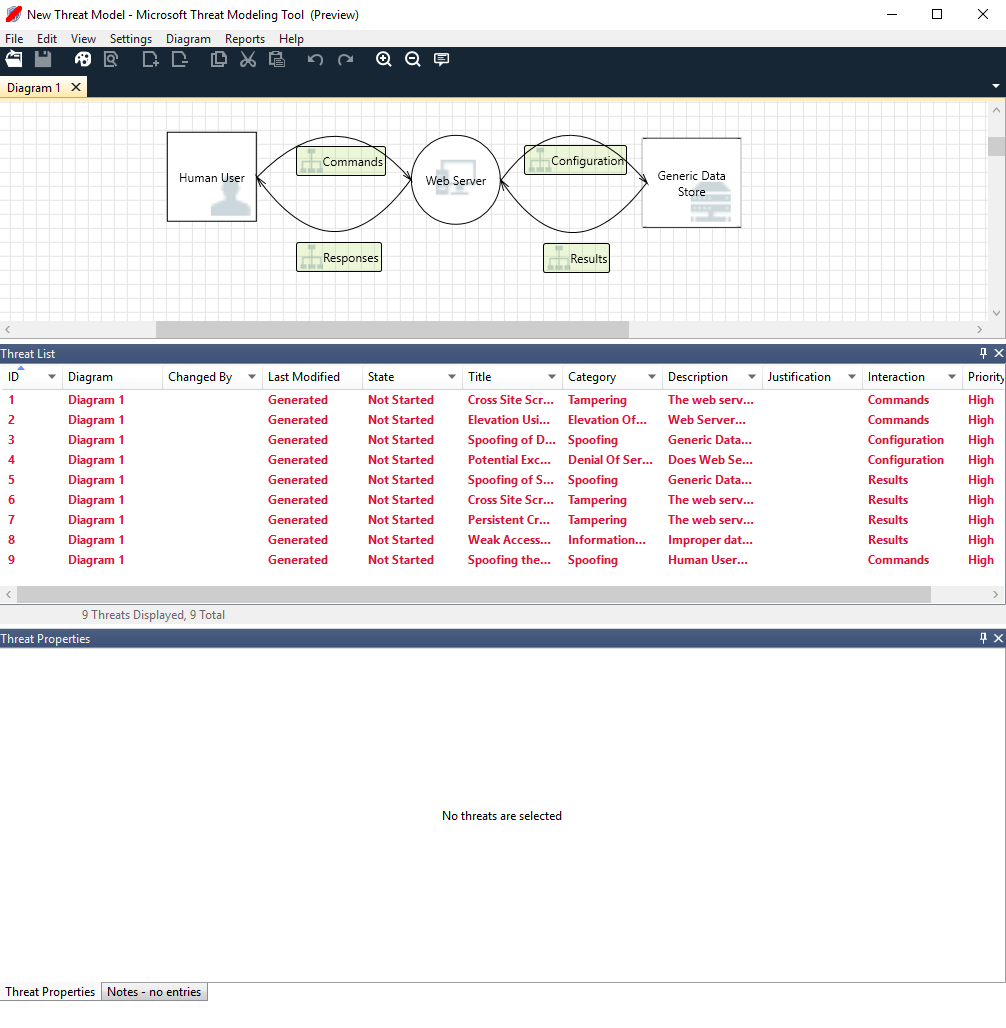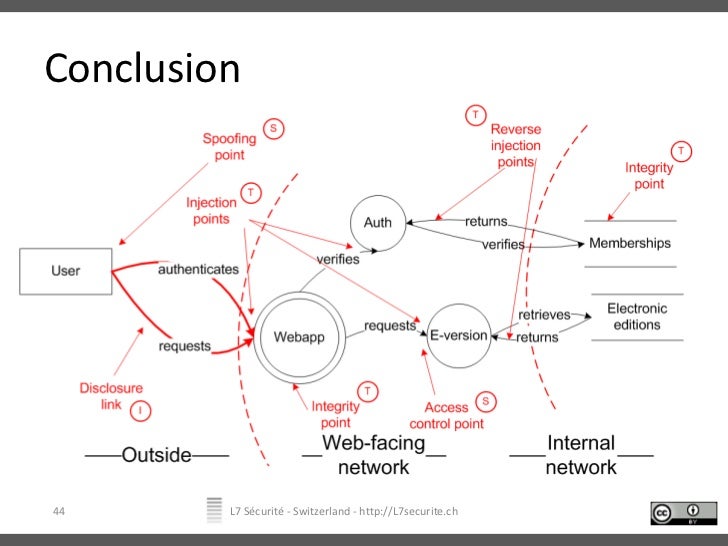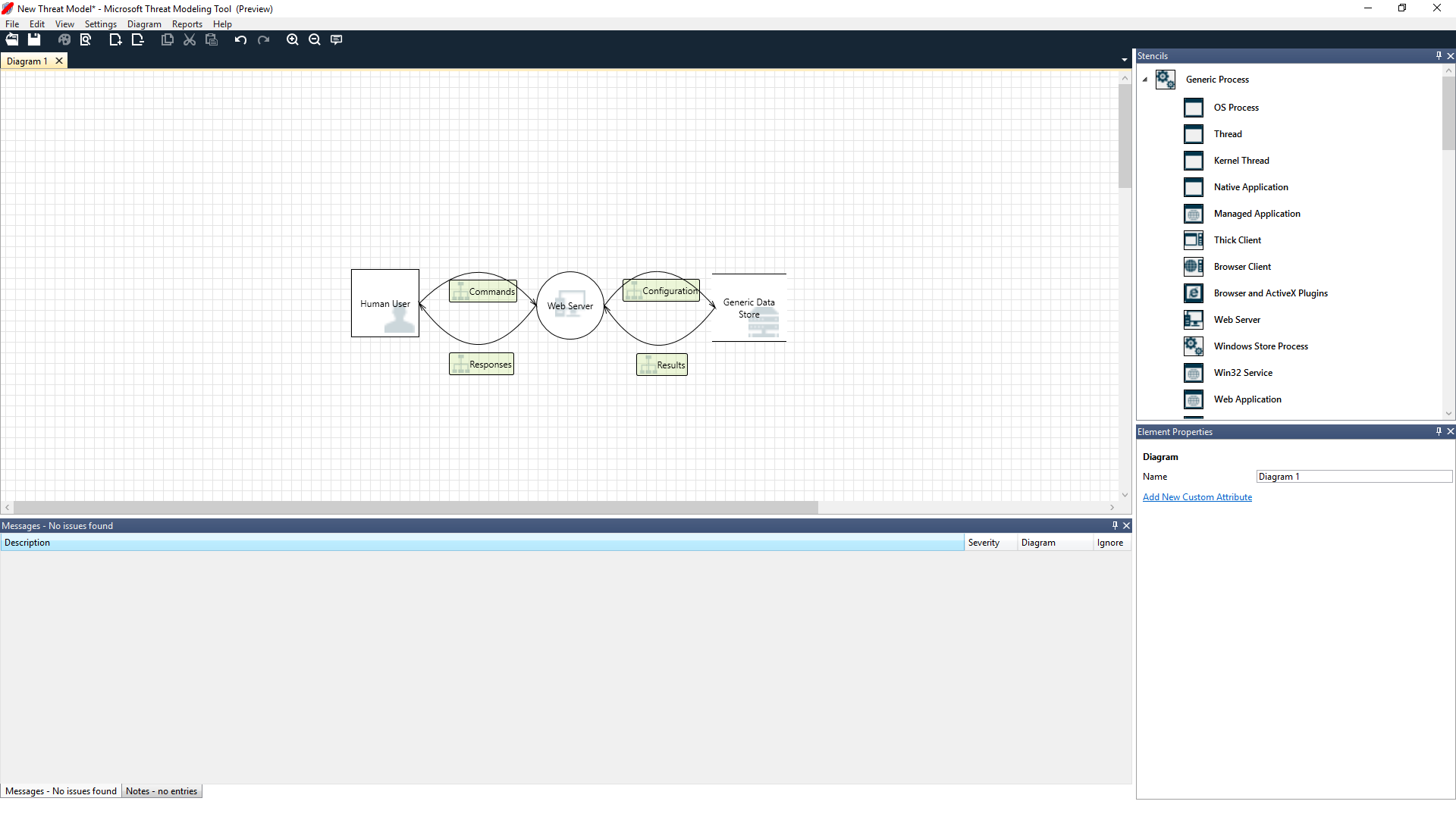
2Threat modeling in cybersecurity is a way of identifying, listing, prioritizing, and mitigating potential threats in order to protect systems and data. Perform best-effort, risk-based threat modeling using brainstorming and existing diagrams with simple threat checklists. A basic assessment of the application risk is performed to understand likelihood and impact of an attack. Threat Modeling 1: Best-effort identification of high-level threats to the organization and individual projects.
The idea of anticipating threats is as old as the world itself, but systematic threat modeling is a relatively new approach. This would allow you to select a Threat Model that will be opened, in our case default.tb7, which in my system is in folder C:\Program. To do this, you have to use the Open Template button in your Threat Modeling Tool. Attachments: Up to 10 attachments (including images) can be used with a maximum of 3.0 MiB each and 30.0 MiB total.The first step is to open Microsoft Threat Modeling Tool and to Open the default template that is shipped with the tool. This article shows how threat modeling works and how it applies to web application security.You can also reach out to threat modeling support team at tmtextsupportmicrosoft.com for any specific questions about the tool features.


For example, Trike focuses on risk management based on identified requirements, while PASTA provides an attacker-centric view of the target application or system. Your choice of methodology (if you choose to use one at all) depends on what you need to secure, why you are preparing a threat model, and how comprehensive you want the results to be. In this approach, each threat violates one desirable property of the targeted system.There are at least a dozen other threat modeling methods to choose from, including such delightful acronyms as PASTA (Process for Attack Simulation and Threat Analysis), VAST (Visual, Agile, and Simple Threat modelling), and OCTAVE (Operationally Critical Threat, Asset, and Vulnerability Evaluation). Originally created for Windows development, STRIDE is a mnemonic to help developers and security analysts remember the key ways in which attackers can exploit a threat: Spoofing identity, Tampering with data, Repudiation, Information disclosure, Denial of service, and Elevation of privilege.

After all, the purpose of the exercise is it improve security, not just paint a picture. Mitigate threats to ensure that identified risks can’t translate into real-life attacks. This is the main threat identification and analysis step. Identify threats and threat categories that could pose a risk to your application based on defined security criteria. A data flow diagram is the usual way of doing this. Map out the application structure to get an idea of all the data flows and actors involved.
Microsoft advocates using it as part of its Security Development Lifecycle approach to integrate security into the software development lifecycle (SDLC). Threat Modeling ToolsThe Microsoft threat modeling tool was the first widely available product for software threat modeling and still provides a good starting point (plus it’s free). For example, if an application switches from using a local database to cloud storage, this may introduce new threats and require changes to the threat model. Just like test suites, the threat model should reside close to the code and be rigorously updated every time the security conditions change. Ideally, the threat model for a web application should be defined and maintained from the very start of development, but it can also be added to an existing application.
The big advantage of threat modeling is that it provides a high-level view of potential security issues by focusing on threats, not weaknesses. Why You Should Use Threat ModelingWhen dealing with IT security, each specialist will tend to focus on their area of expertise, so for a web developer, security will mean web vulnerabilities, a network engineer will think mainly about network security, and for a workplace admin, security will be all about malware, phishing, and unauthorized private devices. Threat models are saved as JSON files. Like the Microsoft tool, it provides a visual representation of threats, processes, data stores, actors, and other components, allowing you to create data flow diagrams for threat analysis.
Microsoft Threat Modeling Tool Samples Full Security Review
By focusing on threats rather than weaknesses, you can zoom out of your technical niche and get a wider view of your web application security posture. This is especially important in DevOps and other agile development environments where you don’t have the time or resources for a full security review every time you plan a sprint or release.Simply put, threat modeling is a more formal way of thinking about what can go wrong in your systems and applications. By looking at a valid and up-to-date model, you can get a good picture of the real threat environment and make your plans and decisions accordingly.


 0 kommentar(er)
0 kommentar(er)
